As the weather gets colder, we all seek different methods to keep ourselves warm. Some people opt for hot meals like hot pot, while others layer up with warm clothing. There’s also the option of wearing socks to bed, but did you know that this is actually unhealthy? Let’s explore this further.
1 Why is it unhealthy to wear socks to bed during cold weather?
According to Dr. Pritam Moon, a physician at Wockhardt Hospital in Mumbai, India, wearing socks to bed can disrupt your sleep and have the following negative impacts:
Reduced Blood Circulation

While it is believed that wearing socks to bed can improve blood circulation, doing so for an extended period can have the opposite effect, significantly reducing blood flow. They can even obstruct blood circulation, especially the return of blood from the extremities to the heart. This puts you at a higher risk of blood clots in your legs compared to those who don’t wear socks to bed.
See also:
Constricted and Unbreathable Feet
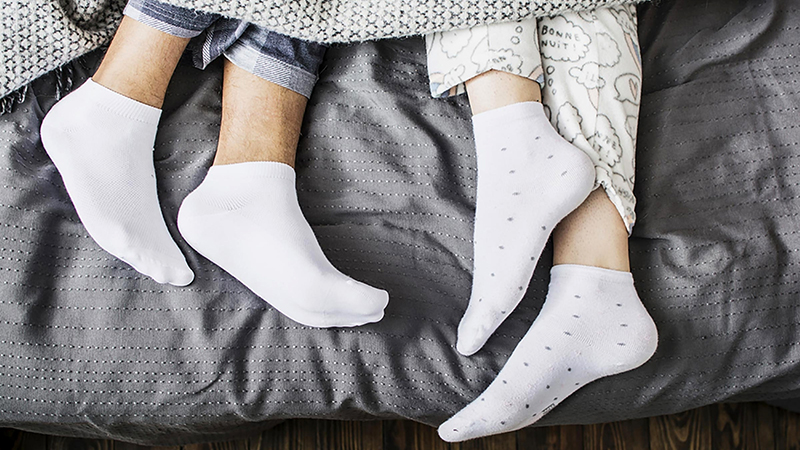
If you sleep with tight socks or socks that are not regularly washed, your feet will not be able to “breathe”. This can lead to clogged and unbreathable pores, making you feel uncomfortable and causing foot odor.
Increased Risk of Skin Infections

Wearing socks made of unsuitable materials, such as nylon, for an extended period increases the risk of skin infections. Therefore, it is recommended to choose socks made of “skin-friendly” materials like cotton and ensure that you keep them clean and change them regularly.
Increased Body Temperature
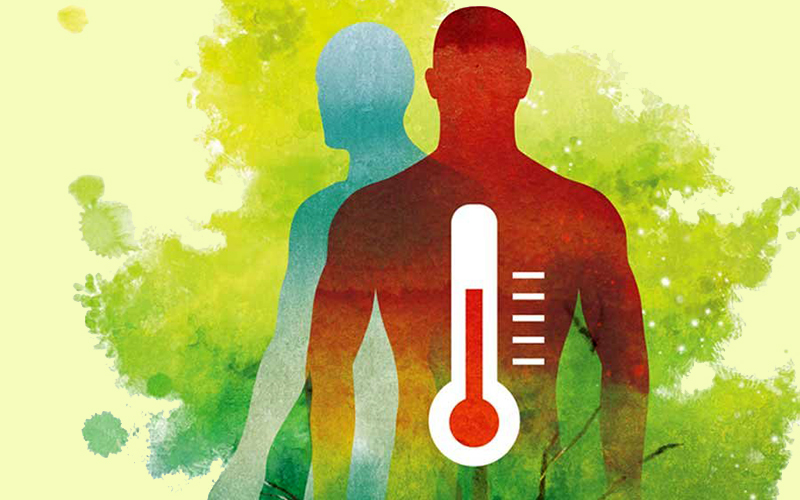
Wearing socks to bed can prevent proper air circulation around your feet and lead to an increase in body temperature. According to Dr. Ho Viet Le Diem, a specialist in Internal Medicine at Vinmec Central Park International Hospital, increased body temperature can have health implications such as high blood pressure, muscle cramps, and muscle aches.
See also:
Disrupted Sleep
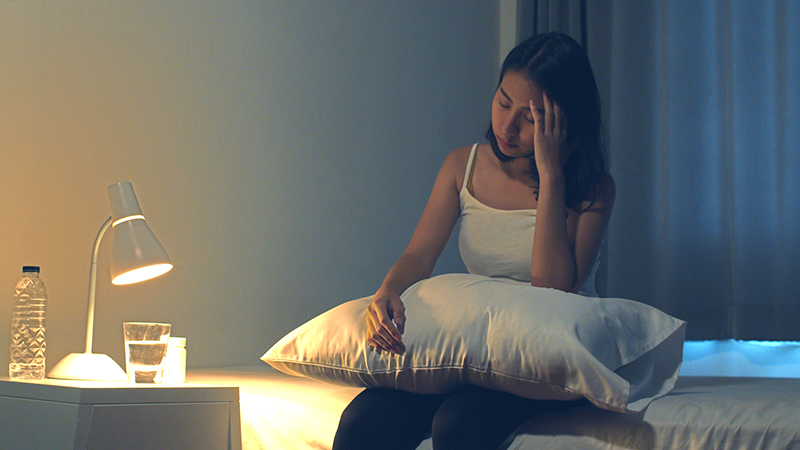
As mentioned earlier, wearing socks to bed can lead to reduced blood circulation, increased body temperature, constricted and unbreathable feet, and skin infections. All of these factors can contribute to discomfort and disrupt your sleep.
See also:
2 Alternative Ways to Stay Warm During Sleep in Cold Weather
– Soak your feet in warm water for about 20 minutes (you can add a little salt or vinegar) before going to bed. This can promote blood circulation, reduce stress and fatigue, and make your body feel warmer.
– You can massage your feet with a warming oil or wear socks for at least an hour before bedtime, and then remove them when you sleep. This will help you feel warmer.
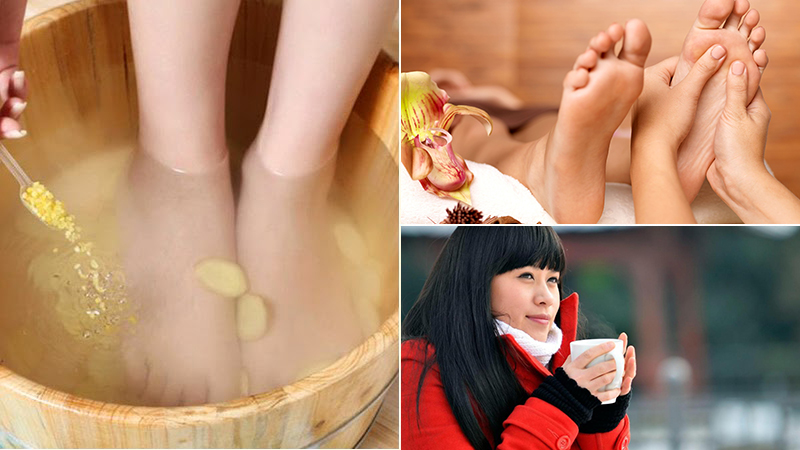
– According to the Central Geriatric Hospital, it is recommended to wear sufficiently warm clothing instead of light clothing, which can cause illnesses such as colds, pneumonia, and even strokes.
– If your blanket and mattress are too thin or old, their ability to retain heat has likely diminished. During cold weather, consider using thicker blankets and mattresses that cover your entire body to stay warm and sleep better.
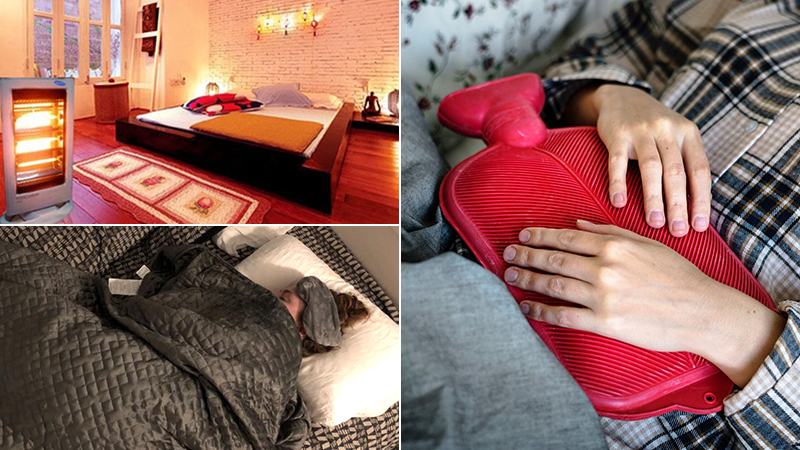
– Keep your room warm by drawing the curtains, closing the doors to prevent drafts, and using a heater if necessary. If you use air conditioning, set the temperature to a comfortable level, ideally between 25°C and 27°C (77°F and 80.6°F).
– During the cold season, consider using heat packs as they retain heat well and help keep your body warm, especially in areas that tend to get cold, such as your hands and feet.
See also:
We hope that through this article, you now understand why wearing socks to bed during cold weather is not a healthy habit. While it may provide temporary warmth, it can have negative long-term effects on your health.
7 Tips for Utilizing a Foot Bath
Soaking your feet in a foot bath can provide you with many nourishing and therapeutic benefits. To get the most out of this practice, it is important to be aware of proper technique and troubleshoot any potential issues. This article looks deeper into the benefits of a foot bath and what to do when obstacles arise.







































